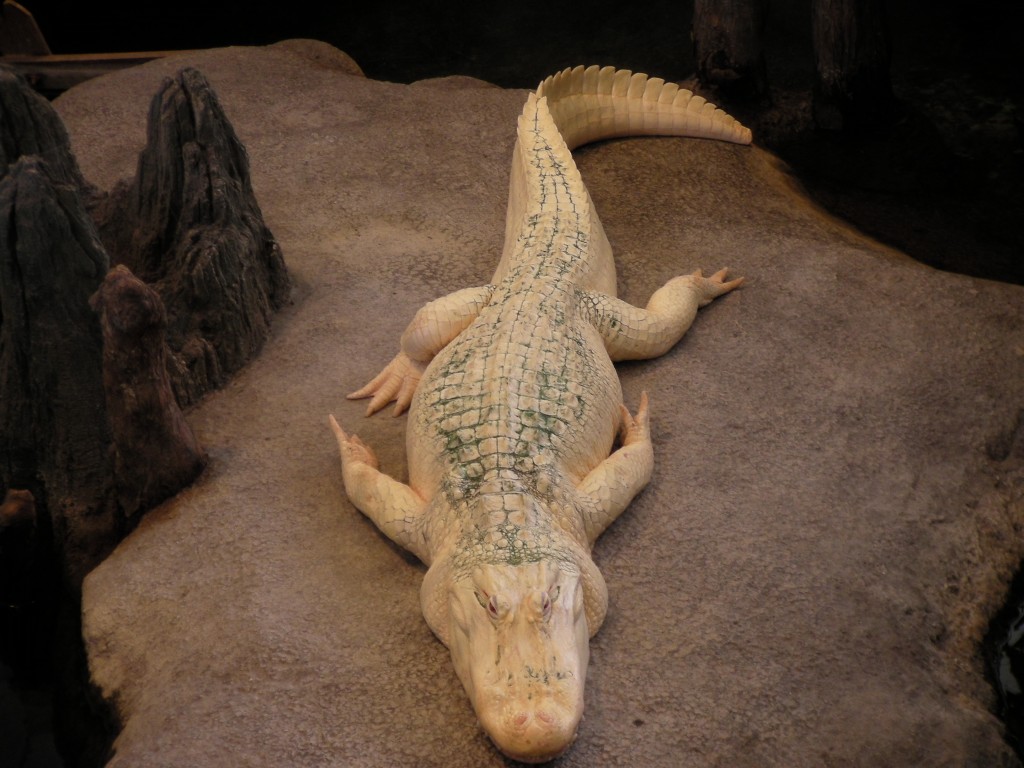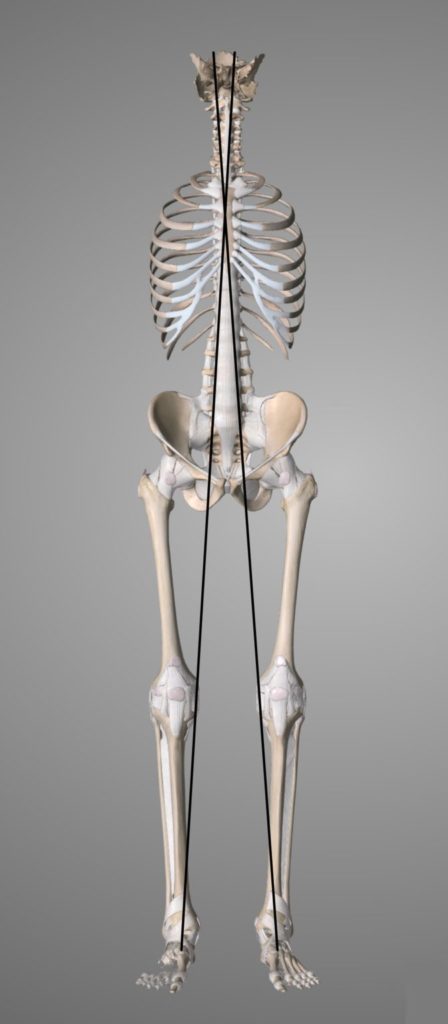A design constraint of animals is that they are inherently unstable in the direction they want to move in, and stable in all other vectors. Overcoming stability in the direction they want to go instigates movement, and having expended energy adequate to exceed the inertia of their mass they only need to contribute enough additional energy to maintain momentum.
The first animals to migrate onto land simply slid over the ground and consequently, stability was not an issue they needed to consider. As animals evolved to get their legs beneath their mass, thereby reducing friction and allowing for an exponentially greater range of motion, this issue of stability vs. instability became of prime importance. This results in the myriad of land animal morphologies we observe today, of which Mammals are the unassailed masters1.
One sensory organ we have dedicated to maintaining stability within intrinsically unstable dynamics is our Vestibular System, which measures acceleration. Locomotion can be analyzed with longitudinal, lateral, and vertical acceleration data.2 The rate of change information from acceleration data isolates qualities of an action needed for its refinement. Actions occur within the gravitational effect, which is itself acceleration. “Rate of change” information is how animals make sense within this sea of acceleration and develop qualities of action. This is a foundational function of memory and sensing the passage of time.
As animals refined their mastery of (in)stability the possibility that motion could be implemented by two legs perpendicular to the vector of movement arose, allowing for the forelegs to be otherwise utilized. Birds are an example of this, where they use their forelegs to fly about. We are another, where our forelegs co-evolved alongside a synaptic powerhouse to build the surroundings today within which we find ourselves. Bipedal Gait requires that the instability needed for forward locomotion and the stability needed to control posture while standing and moving both be controlled by our feet – where the rubber meets the road, so to speak.3
STRUCTURAL CORE
The Structural Core performs the functions of lateral stability and anterior/posterior instability. We do not walk with our arms. Having repurposed them otherwise, they no longer serve a primary role in locomotion. In a foundational discussion of postural stability, they can be removed, as illustrated. What is left is a compressional/tensional network in which a load line crossing the midline at the Manubrium is apparent.
When loading onto one leg, that line verticalizes. This structure has the greatest possible lateral stability. The arms play a significant secondary role in gait4 and managing instability. However, they do not play a primary role in postural stability.
The Structural Core has excellent inherent lateral stability and minimal stability in the front/back line, facilitating forward movement. If our feet do not efficiently support our core functions of standing and moving, our core will be both less stable and responsive. As our function echos our form, having a suboptimal core inclines us to myriad dysfunctional expressions – ranging from physical to emotional to cognitive5. Our capacity to adapt to challenges is constrained by the extent to which our core expresses both stability and responsiveness.
Attributes of the Structural Core
The Structural Core is dissected in detail in the blog, as it is a foundational reference for Manual Therapy. Moving with an understanding of the involved mechanics is foundational to opening the body up to full engagement and maturation of its motor potentials and their associated reflex arcs.
Landmarks of this core are:
- Ball of the foot
- Front of the Pelvis (Pubis Symphysis)
- Top of the Sternum (Manubrium)
- Behind the Eyes (Sphenoid)
Posts Discussing the Structural/Functional Roles of Some of these Landmarks:
The top of this core is the Sphenoid-Occiput/Atlas/Axis complex, discussed in the post:
SPHENOID-OCCIPUT/ATLAS/AXIS
The bottom of this core is discussed in this post:
FOOT: FUNCTION FROM STRUCTURE
This engagement of the structural core with the surroundings is explored in this post:
REFERENCE FRAMES FOR STANCE AND GAIT
Description of a Side View of this Core:
A discussion of a side view of the core can be found in this post:
HOW TO MOVE
where the dynamic interplay of tensional and compressional forces interacting within controlled instability is discussed. The side view is dominantly tensional, the front view is dominantly compressional.
MANUAL THERAPY AND THE STRUCTURAL CORE
As a Manual Therapist, I have found evaluating the client from the perspective of this core to have great utility. Particularly with the client lying supine, it is straightforward to visualize how these lines lay on the client and how the client diverges from these lines – especially if the client is observed from the feet. It informs where to work. When the feet are challenged in compression or tension (pushing/pulling) compensations running through the structure all of the way to the eyes can be observed. Challenging each foot individually and then both together works well.
Separating arm issues as distinct from the structural core also works very well. I view the arm complexes as essentially tensional structures (pulling) and the structural core as compressionally dominant(pushing the body forward). Working with the Structural Core as a distinct complex is very clarifying in resolving client postural and gait mechanics issues.
EXAMPLE OF MOVEMENT EXPRESSED FROM THE STRUCTURAL CORE
This Jessie Graff video illustrates a high degree of integration of structural core dynamics. Watch how her eyes lead her body. Imagine a triangle from the Eyes to the Manubrium. When she is ready to move this is the front of her body.
FOOTNOTES
- This post on the evolution of the Spine discusses this further: UNDULATION ↩︎
- This post discusses the use of acceleration data in gait analysis:
SPRIKE ↩︎ - at a global level stance/gait dynamics facilitating movement are discussed here:
HOW TO MOVE
Examining the structure and function relationships integrated into the foot offers insight into the complexity of our movement characteristics. There is a collection of posts on the structure and function of our feet, discussing our solutions to the issues discussed here:
FEET
↩︎ - The role of the arms in gait is discussed here: MOTION OF THE ARMS IN GAIT ↩︎
- Correlations between qualities of movement and emotional/cognitive challenges are discussed in this post: ASSESSMENT ↩︎


